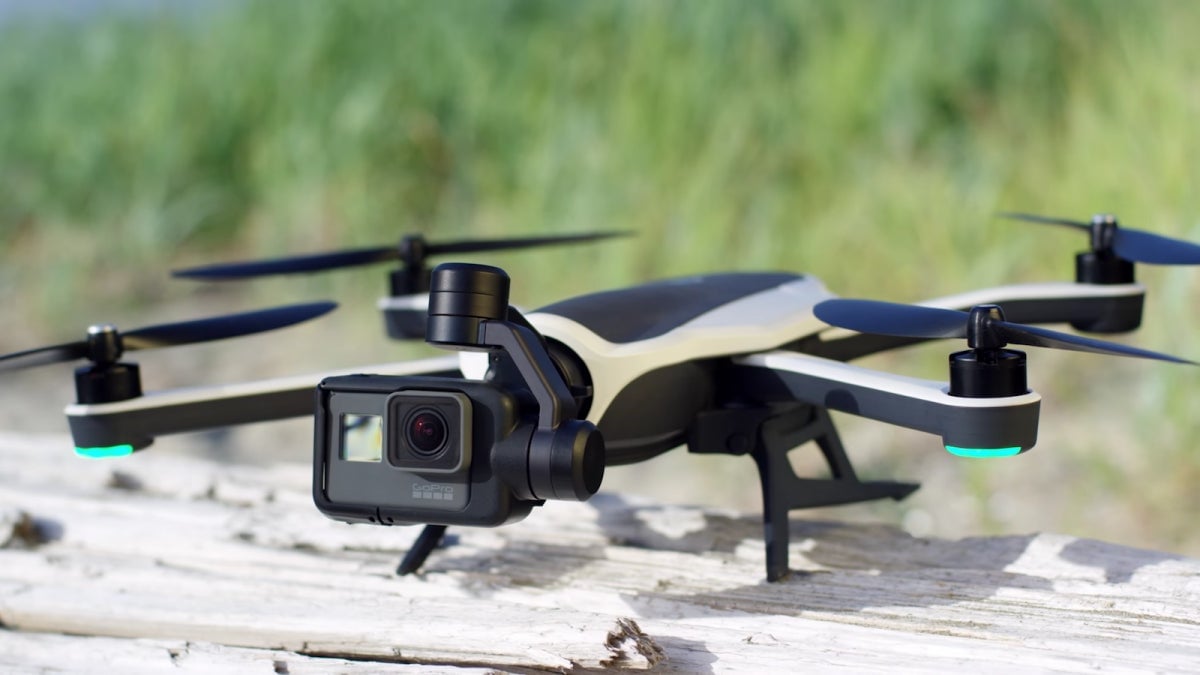GoPro’s drone efforts have failed
Update (1:55 pm ET): Reports suggest that GoPro is seeking to be sold.


Update (1:55 pm ET): Reports suggest that GoPro is seeking to be sold.
GoPro hoped its Karma drone would drive growth. Instead, the action camera maker confirmed it’s ending Karma production and will cut nearly 300 jobs, or more than 20% of its global workforce.
The company may also be putting itself up for sale: According to CNBC, the company has hired JP Morgan Chase to seek a potential sale. “If there are opportunities for us to unite with a bigger parent company to scale GoPro even bigger, that is something that we would look at,” GoPro CEO Nick Woodman told CNBC earlier Monday.
Karma had a disastrous launch in 2016. Only a few weeks after its release, GoPro issued a mass recall of 2,500 units because faulty engineering caused the drones to lose power mid-flight and drop out of the sky.
The drone remained the second most popular of its price class after the recall, GoPro said, but an “extremely competitive aerial market,” as well as a “hostile regulatory environment” in Europe and the US made the product’s future “untenable.”
The company slashed prices of the drones as well as its Hero line of cameras over the holiday period. That shaved $80 million from expected fourth quarter revenue, which the company now estimates will total $340 million, falling short of the $472 million expected by analysts. GoPro’s stock fell by as much as 32% to $5.04 a share today, the biggest drop and lowest price the company’s stock has suffered since going public in 2014, Bloomberg reported.
As Quartz previously reported, Karma was meant to reinvigorate the company after a rough year in 2016, characterized by falling sales, unimpressive new products, and a delay in Karma’s release.
Bad Karma.